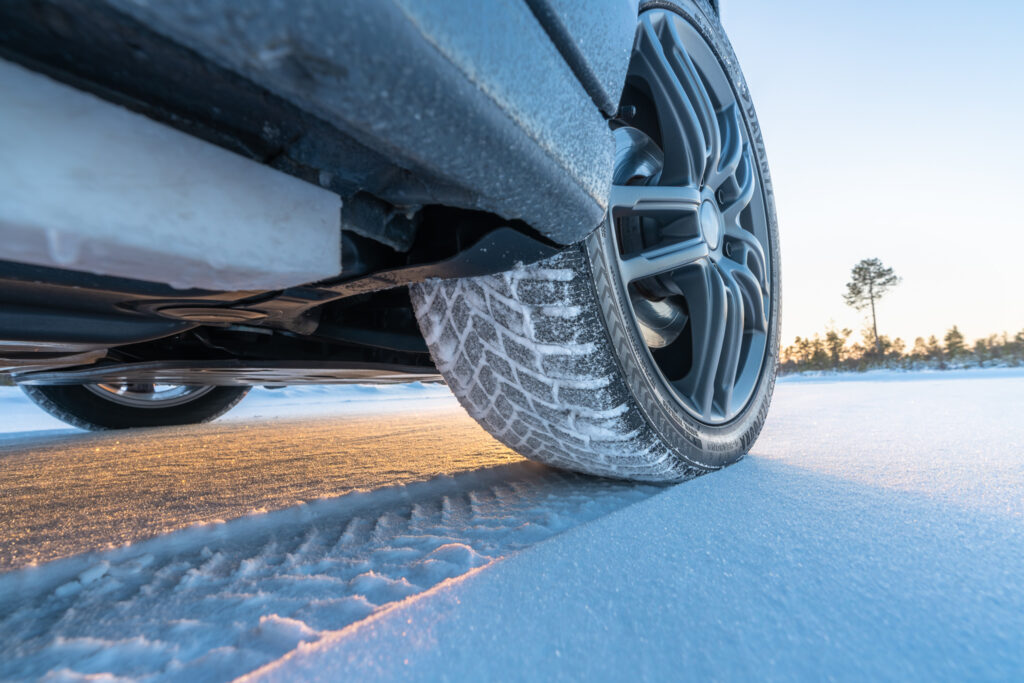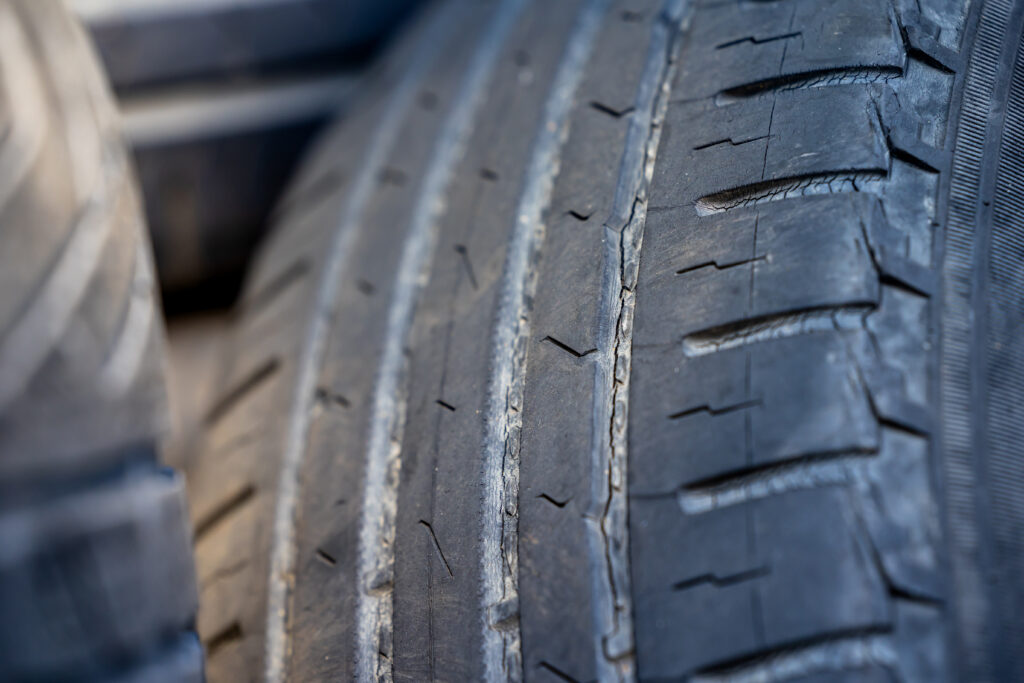Why checking your tyres is so important and when to leave it to the professionals
20th November 2025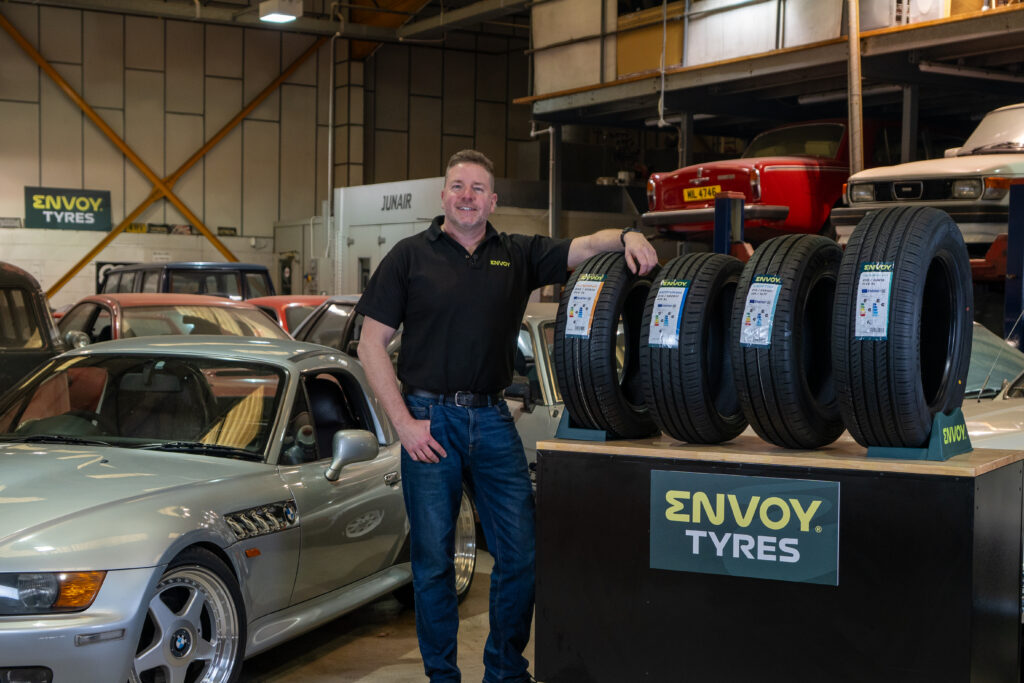
Your tyres are perhaps the most important component on your car, so it’s important to check them regularly to keep your car singing. Read on for Paul Cowland’s tips on tyre checks you can carry out yourself, and what is best left to the garage professionals.
Tyres are your car’s only contact with the road. Every ounce of throttle, braking and steering has to be delivered through four relatively tiny contact patches. So choosing decent rubber to start with is critical – and you’re already in the right place for that – which only leaves taking care of them, going forward…
Like all great relationships, your love affair with your tyres will tick along nicely all by itself, but that’s not to say that you should never call or write. In fact, regularly checking in on your car’s footwear every week or so will mean they’ll take even greater care of you every time that you drive. And for a few minutes of effort on your part, with a few very rudimentary tools, the difference to the tyre’s performance and safety is immeasurable.
So what can you do? And what should you hand over to the professionals? The good news is, there’s no need for overalls, just a coin and a torch.
Money Talks: The 20p tread-depth test
The grooves and tread in your tyres are there to safely shift water. Let them run down too low, and you’ll be pirouetting like Torvill and Dean.
It’s an easy fix though! Grab a 20p coin. Slide it into the main grooves. If the outer rim disappears, you’re legal (1.6 mm minimum). If it’s on show though, you’re literally skating on thin ice.
My pro tip is to check THREE grooves across and FOUR spots around the whole tyre, as they don’t always wear evenly.
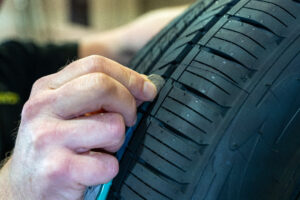
Under Pressure: The silent killer that costs you ££££
Invest in a good footpump to check your tyre pressures if you want to get fit, or a 12 volt compressor if you don’t and inflate to whatever your door sticker or handbook recommends. It’s always best to do this when the tyre is at ambient temperature, rather than when they’re hot, after a long drive.
Running at the exact pressures won’t just save you a stack of cash on fuel, either. Tyres that run at their perfect pressures last for longer and run under less stress, meaning your chances of a blowout drop to near zero. That said, don’t over-inflate to compensate. You’ll rattle your fillings out, and your tyre contact patch reduces to being on its tip-toes. Neither spells good news.
Tyres will naturally lose around 1-2 PSI a month. So look to be checking every couple of weeks to be super safe.
You’re my wonderwall
The sidewall, that is. Every time you’re doing the two checks above, take a moment to look for any cuts, bulges, or “kerb rash” deeper than 2 mm. The odd kiss or two isn’t too much to worry about, but any cuts or nicks can turn into a huge problem at motorway speeds.
Run your hand around the sidewall. If it feels more like braille than the smooth, sensuous side-markings of a fresh and happy tyre, it’s time to fast forward to Part 2, below…
What’s my age again?
Tyres definitely have a sell-by date. Most rubber boffins agree that after 5-6 years, even if your tyre looks minty fresh, the rubber will have hardened, and it simply won’t grip the road in the same way as when it was new.
Find the DOT code – the four digits on the sidewall (e.g., 2324 = week 23 of 2024) – and using basic maths, if it’s over 6 years old, budget to replace immediately, and if it’s over 10, simply bin them off.
Spare time? Check the boot!
If you have a spare tyre, make sure you check it, inflate it and love it. Changing a perfectly inflated space-saver is still faster than waiting for the RAC on the M25.
And, if your car doesn’t have a spare, consider investing in one. Many manufacturers offer them as an option, or if your under-boot area doesn’t have the room, there are aftermarket solutions that take up little boot space, but are a potential game changer after a blow-out.
Time taken for that lot? Around 5 minutes. Potential time saved? Many hours, and possibly, your life along with it.
Part 2. Help, I need somebody
Even for accomplished motoring enthusiasts, there are a few tyre checks that might be above your pay grade, but are well worth investing in a professional’s time for.
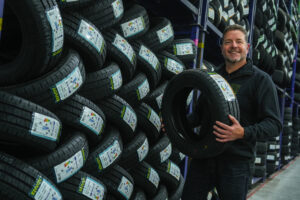
Wheel alignment
A misaligned set of wheels, even by a couple of millimetres, can munch through a set of brand new tyres in just 8,000 miles.
Have a look at your car and its tyres. Is the steering wheel off-centre? Is the car crab-walking? Or is one shoulder worn smooth? If the answer is ‘Yes!’ to any of these, invest in an alignment check. A basic one will take around 20 minutes, and cost under a hundred quid, but even if you splash out on a laser-focussed full-set up, it won’t break the bank, and with vastly reduced tyre wear, it’ll pay itself back in a few thousand miles. Plus, your car will drive like new!
Get the balance right
New tyres fitted at a pro-shop will always be balanced to perfection, but if your tyres have been on for a little while, and you’re feeling a vibration that changes with the speed of the vehicle, chances are, your motor is ready for another session.
A 20g imbalance can feel like a jackhammer above 65 mph, not only making your car tiring to drive, but also wearing your tyres and suspension unevenly. The fix is a trip to your local tyre specialists, where for around a tenner a corner, or so, they’ll make everything smoother and far more pleasant to cruise along in.
Plug in baby
If you’re having to put air in your tyres on a daily basis, chances are you have a puncture. Always a time to visit the professionals. If you’re lucky, it might be a leaky or faulty valve, but if there’s damage to the centre of the tyre tread, you might need a proper repair or even a new tyre.
Don’t be tempted by DIY string plugs, which aren’t really classed as a proper repair by anyone (especially your insurer).
Invest in an inside patch and vulcanising seal, fitted by a BTS-qualified tech. For around £25-35 you’re safe, legal and air-tight. That said, if the hole is bigger than 6 mm, in or near the sidewall, then it’s a new tyre, no debate.
Additional checks
While you’re with your tyre professional, there are plenty of other checks you can ask them to run. Most modern cars have a TPMS (Tyre Pressure Monitoring System) fitted. If there’s a light on, it means it’s not happy – and an MoT failure. Your garage will reset sensors after rotating tyres or fitting new valves, which will cost a few tens of pounds but save you a fine, or an MoT failure.
Some garages also offer Nitrogen inflation, rather than air, which loses less pressure over time, and also maintains a more consistent pressure when the tyres are hot. Great if you’re heading out on track, but not really necessary for normal use.
And finally, consider having a set of Winter tyres, or swapping to a set of all-season rubber in the colder months. These tyres usually give around 35% shorter stopping distances on wet/cold roads compared to summer tyres, when temperatures drop below 7 ͦcentigrade. Handy when performing that emergency stop in December!
And finally
Checking your tyres may seem like a bit of a chore, but they’re literally the only thing keeping you and your family safe, every time you make a journey. Get into the groove of checking them regularly, and they’ll reward you with miles and smiles for many adventures to come. Drive safely!

